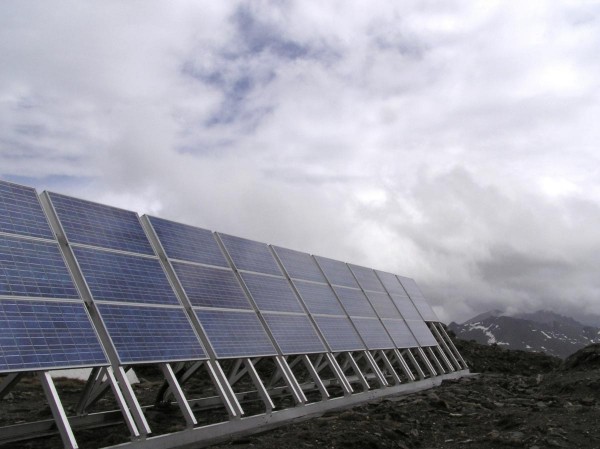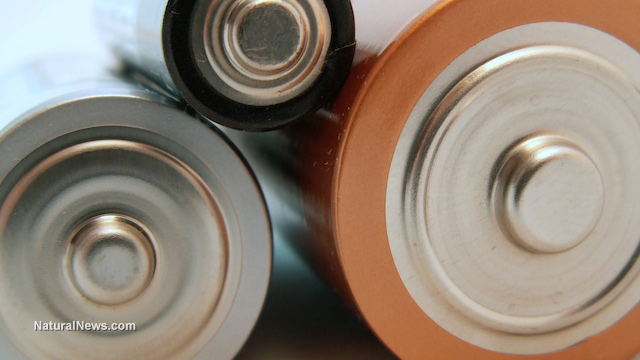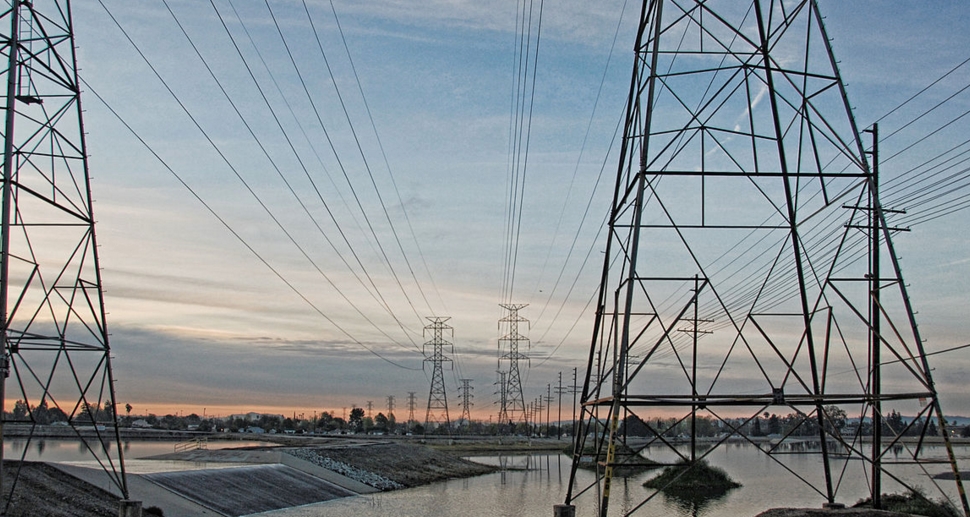The “unimaginable” levels of radiation at the Fukushima-Daiichi nuclear power plant have been widely reported on; in early February 2017, Tokyo Electric Power (Tepco) reported that the radiation levels inside reactor 2 had reached a devastating 530 sieverts per hour. Just a mere five sieverts is enough to be lethal in a matter of months, and ten sieverts can lead to death in just a few short weeks.
These recent reports have made it seem like the radiation at Fukushima is a new phenomenon, but that simply isn’t the case. While the previous record radiation high at the site was just 73 sieverts (much lower, but still dangerous to humans), Tepco has pointed out that their new high of 530 sieverts was recorded actually inside of reactor 2. For comparison, Chernobyl only reached a high of 300 sieverts per hour.
The presence of extremely high radiation levels in and around the damaged nuclear reactors at Fukushima is not new: this is just the first time they’ve actually recorded it. Three reactors melted down on that fateful day in 2011, and those meltdowns have never ceased. Radiation at the Fukushima disaster site has been, and will continue to be, out of control for quite some time.
In an email dated February 10, Fairewinds Energy Education reportedly stated, “Although this robotic measurement just occurred, this high radiation reading was anticipated and has existed inside the damaged Unit 2 atomic reactor since the disaster began nearly 6 years ago…. As Fairewinds has said for 6 years, there are no easy solutions because groundwater is in direct contact with the nuclear corium (melted fuel) at Fukushima Daiichi.”
Radiation at Fukushima worse than you can imagine
The radiation levels at the Fukushima disaster site have been compared to a “nuclear explosion that doesn’t end.” And Tepco, who manages the facility, continues to desperately try and convince the rest of the world that they have the situation under control. As the Fairewinds Energy Education email revealed, that is anything but the case.
Tepco has at least admitted that there is a hole in the metal grating beneath reactor 2’s pressure vessel that is nearly three-feet wide. It’s likely that melting fuel has burned its way through the pressure vessel and the grating, though Tepco says at this point in time, it’s merely a hypothesis.
However, a new high level of radiation has also been detected: 650 sieverts. If 530 sieverts was “unimaginable,” 650 must be beyond our ability to fathom. A cleaning robot lasted a mere two hours at the reactor. Tepco officials say they need to locate the melting fuel’s exact location, condition and need to be aware of other structural damages before they can begin clean-up efforts, which they say are expected to take forty-some-odd years.
The truth is that it will take years to even develop the technology for robots to get close enough to the wreckage for any useful length of time. As it stands, the best robots are only designed to withstand 1,000 sieverts, and the closer they get to the fuel, the shorter their survival time will be.
What is perhaps more worrisome though is the fact that all of this news relates only to reactor 2. The other damaged reactors, 1 and 3, have not been featured in the news, and there is not much reliable information on the melted reactor cores of these units.
Global Research reports, “Last November, in a half-hour talk reviewing the Fukushima crisis, Arnie Gunderson of Fairewinds Energy Education discussed the three missing reactor cores and what he suspected was the likelihood that they had not been contained within the reactor.”
Given that it’s been six years and Tepco doesn’t know where the melted fuel is located in the reactors, there is almost no information on reactors 1 and 3, and reactor 2 has a meter-wide hole in it, it is not beyond reason to posit that perhaps they can’t find the fuel rods in the reactors because the fuel isn’t contained there anymore.
Either way, the events at reactor 2 are certainly concerning enough on their own. As Mike Adams suggests, it is possible that as the fuel rods become more exposed, or come into closer contact with each other, the mass-to-energy conversion is becoming more accelerated and amplified. The fuel has already burned a hole through a pressure vessel, and it’s on its way to contaminating the groundwater, if it hasn’t already. And as Adams states, some of this fuel contains extremely toxic Plutonium-239, which has a half-life of 24,000 years — once it enters the groundwater, it is going to be there for a very long time.
And we’re supposed to believe they have everything under control?
Sources:
GlobalResearch.ca
TheGuardian.com
ABCNews.go.com
NaturalNews.com




















